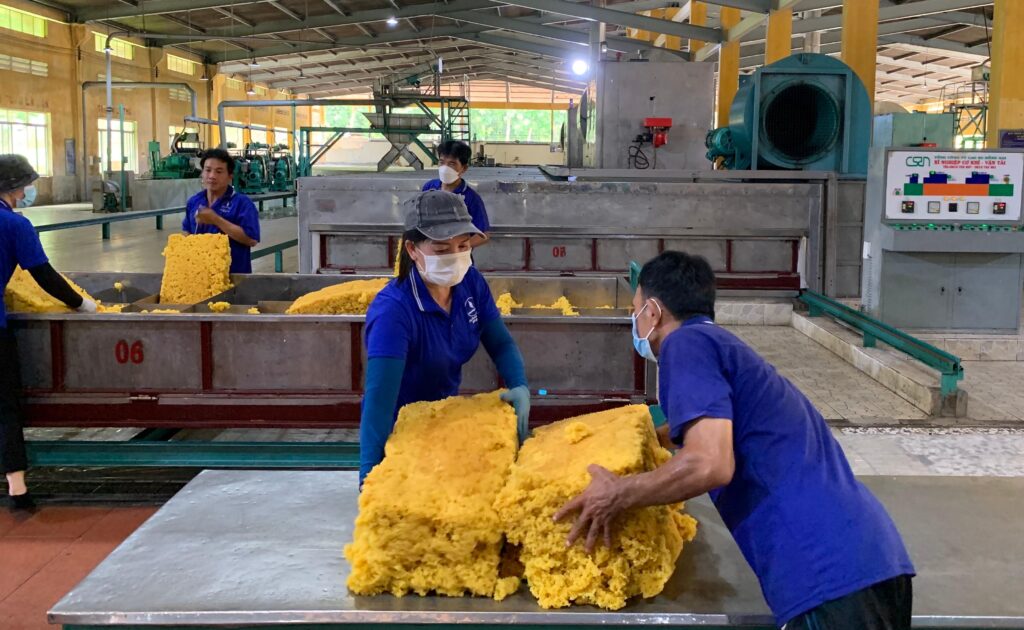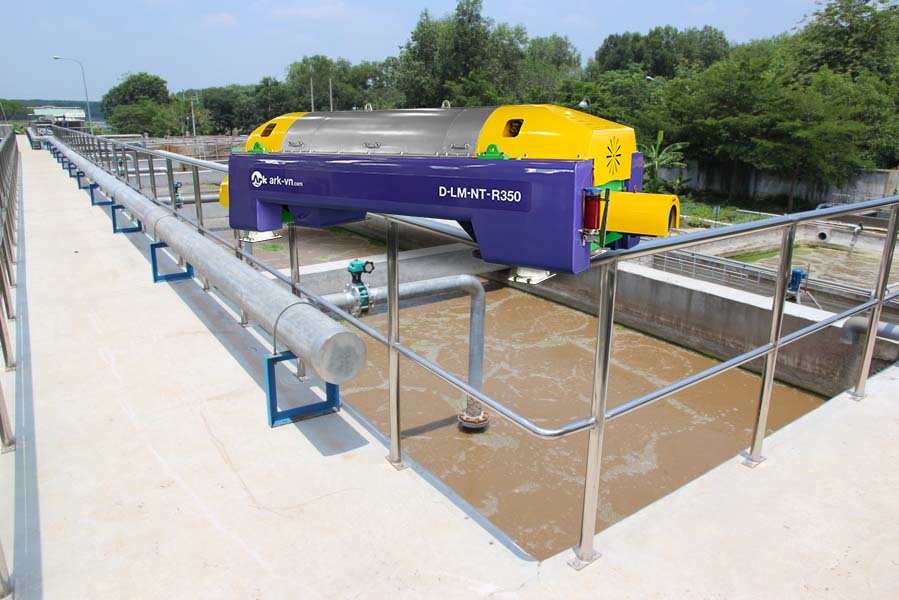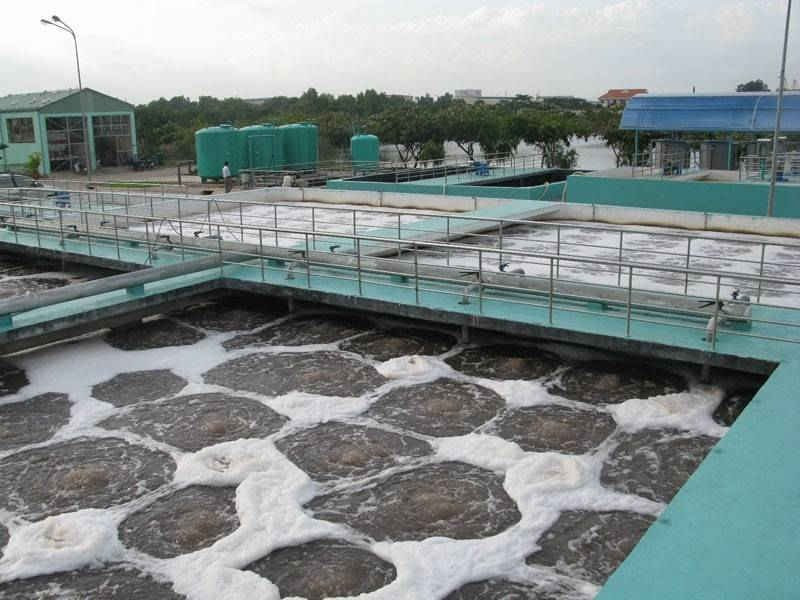Treatment of rubber wastewater is a mandatory requirement in the rubber processing industry, especially when this industry is developing rapidly and bringing significant profits to the economy. However, the treatment of rubber wastewater is complex. In the article below, ARK Vietnam will guide the most effective method of rubber wastewater treatment.
Origin of rubber wastewater
Rubber wastewater comes from two main sources, domestic wastewater, and production wastewater. Domestic wastewater mainly includes water from domestic activities such as the cleaning and washing of employees. Meanwhile, production wastewater arises from rubber production stages such as drying, freezing, and opportunistic processing, or washing machinery and equipment and cleaning the factory.
The characteristics of rubber wastewater depend on the method of rubber processing. For example, if processed by centrifugal latex method, wastewater will have very high pH, COD, and BOD. If processed by the method of latex nuggets, the wastewater has a low pH but the BOD, COD, and SS are still very high. If processed by the impurity method, the wastewater has a pH of 5-6, but the BOD and COD are lower than that of the latex method.
Impact of rubber wastewater on the Environment
If rubber wastewater is left for 2-3 days, protein decomposition will occur in an acidic environment, causing a stench and affecting the living environment of the surrounding population and human resources. In addition, untreated rubber wastewater contains extremely high concentrations of pollutants, which can harm or reduce the growth rate of organisms, affecting biodiversity in the aquatic environment.
Besides, the concentration of nitrogen and phosphorus in rubber wastewater is also very high, causing eutrophication, and affecting the growth of algae and moss. If this situation is not remedied, it will affect the biological balance in the environment.
Overview of rubber wastewater treatment methods
The harm of rubber wastewater is undeniable, so we need to combine solutions to come up with a standard wastewater treatment process. Here are 3 basic methods, specifically as follows:
Mechanical method
This method mainly uses screens or screens to filter out insoluble solids with great stimulation, suspended in water under the action of centrifugal force or gravity.
Chemical and physicochemical methods
For chemical method: Neutralize water to pH 6.5 - 8.5 because rubber wastewater contains many organic acids with compounds, eg NaOH, KOH, etc. For the physical method: Mainly used starch reduces the flocculation time to make the flocs easily settle to the bottom of the tank quickly.
Biological method
Compared with the above methods, biological methods are used to decompose organic pollutants, including anaerobic and aerobic processes. The anaerobic process will mainly use microorganisms operating in the absence of oxygen. Aerobic processes mainly use microorganisms in a continuous oxygen supply environment.
Rubber sludge treatment equipment
The rubber sludge dewatering machine is an important and indispensable piece of equipment in the rubber wastewater treatment system. With special wastewater characteristics, it makes it difficult to treat sludge. However, when using ARK's decanter centrifuge, the work of squeezing waste sludge for rubber factories becomes easier than ever.
Explanation of the treatment process
How to effectively treat rubber wastewater can be done in the following steps.
Firstly, wastewater contains a lot of solid waste such as leaves, branches, etc., so a screen should be used to remove and avoid clogging water pipes. After that, the wastewater is put into the pus decanter to remove the latex layer on the surface of the water, and then this latex layer is recycled.
Next, the wastewater is transferred to flocculation and flocculation tanks to treat the remaining solids in the water, using chemicals such as polymers or alum. Larger flocs are formed from tiny flocs when they collide.
After that, the wastewater is put into the primary clarifier to remove all sediment before moving to the UASB and Aerotank tanks to obliterate the protein through anaerobic and aerobic processes.
In clarifier 2, the wastewater is filtered through a lamella tank, in which flocs are formed from lamellar plates when they collide and form larger flocs. Clean water is brought to the source and microbial sludge and wastewater are taken to the aero tank for further treatment.
Finally, the sludge is compressed through the sludge dewatering machines and transferred to the functional units for treatment. This process ensures that the output wastewater meets the standard of rubber wastewater QCVN-1:2015/BTNMT.




